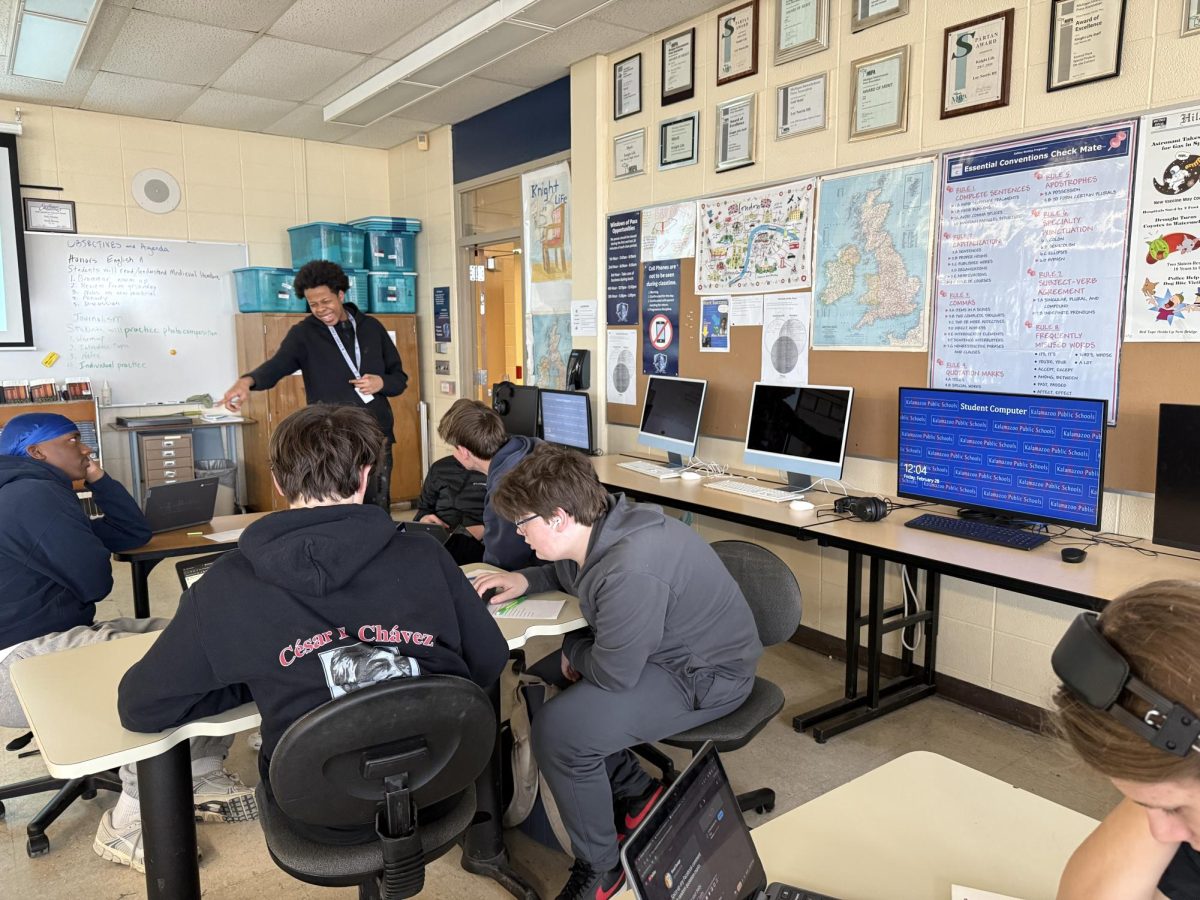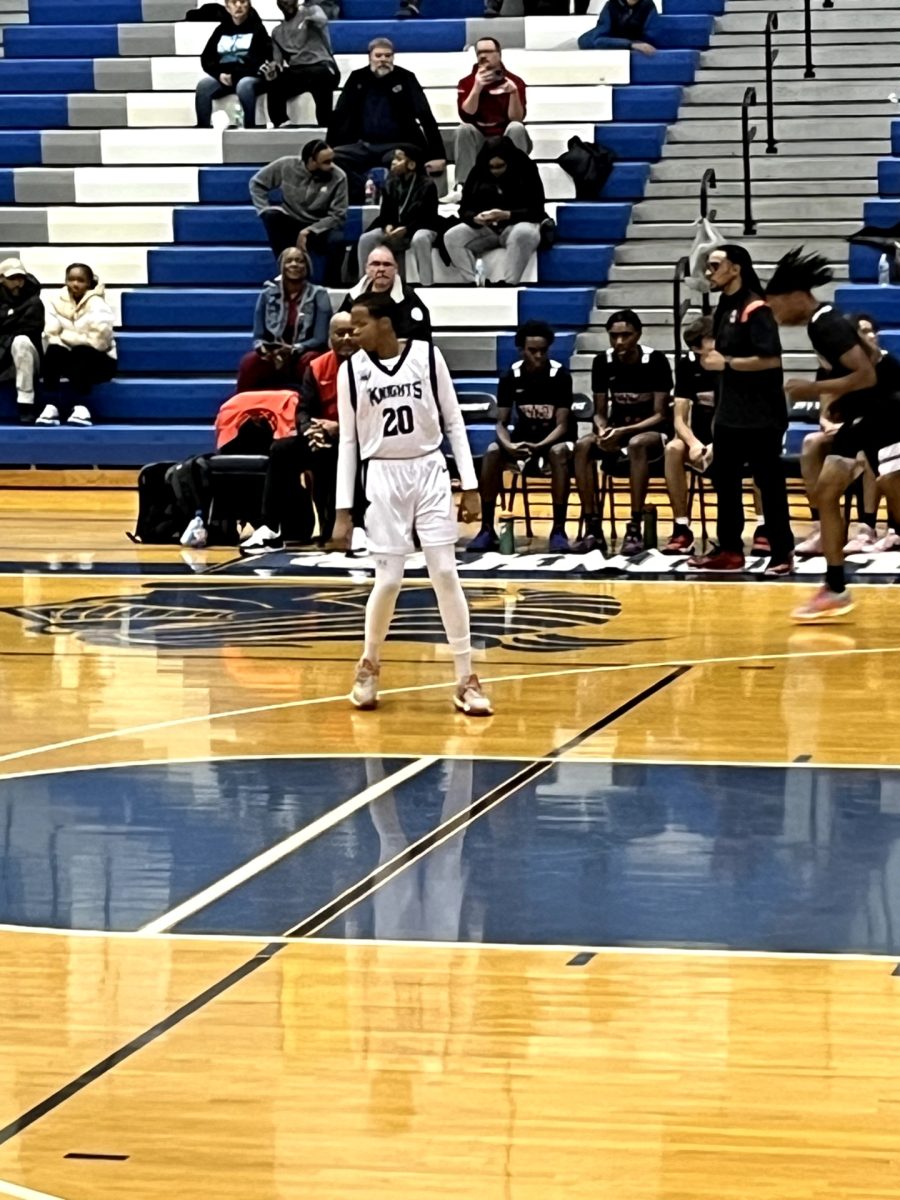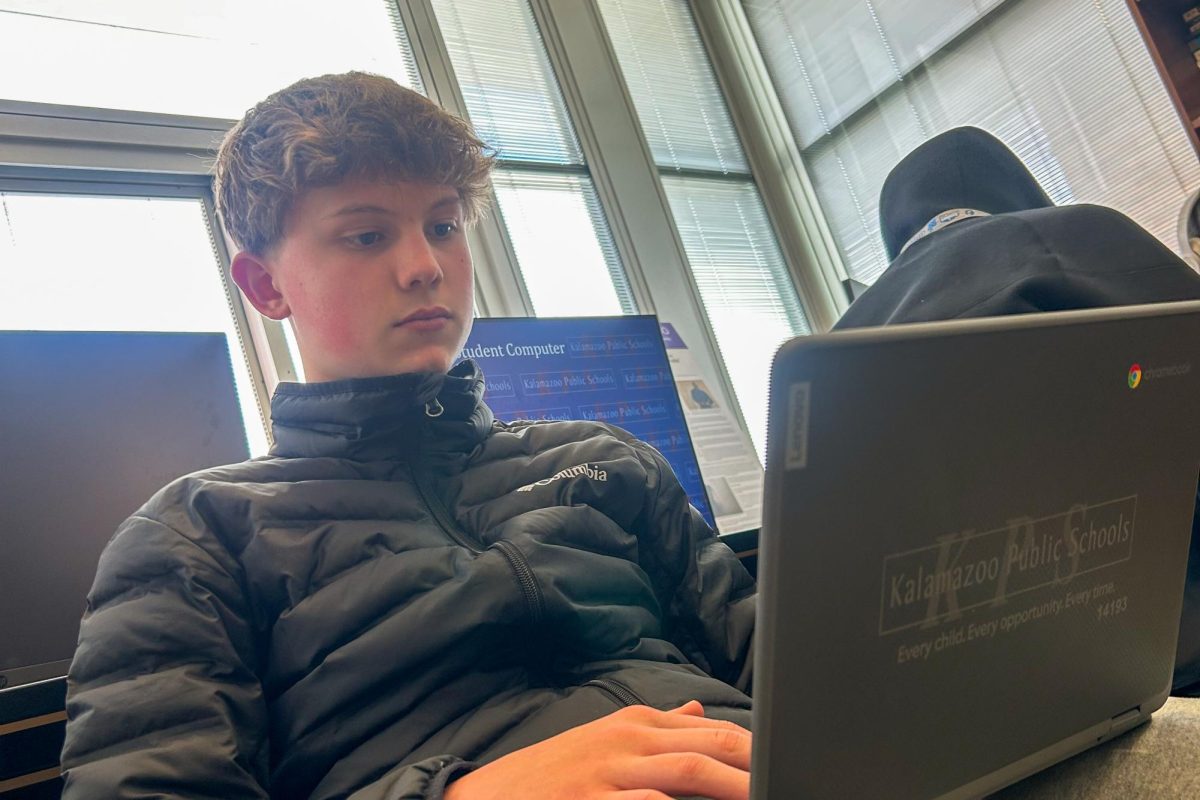Editor’s Note: This program is no longer going by the name “Safe2Tell,” as this trademark is owned by the State of Colorado. Norrix administrators are currently working to rename it.
You were sitting in class, getting ready for the test that you were about to take. You felt something on your arm, but you brushed it off. It kept happening, so you look to your right and you tell the person next to you to stop. He kept rubbing your arm and moved the hand down to your knee. You immediately scooted away from him, but he just moved right next to you again. You raise your hand and ask the teacher for a pass to get a drink of water. As you wander the halls, trying to figure out what to do about the guy, you see a sticker with a teal ribbon in a teacher’s window. You see a sticker as you mindlessly walk the halls, trying to process why he would do that. It has the words “Safe 2 Tell” on it, so you go into that room. You’re greeted by a teacher and tell them about what happened.
At the end of the 2018-2019 school year, the Safe2Tell program was introduced at Loy Norrix. In the years following the program’s introduction, many students have been helped by teachers or other staff members.
Social studies teacher Kyle Shack has been able to help approximately three or four students through this program.
“The safety of students is our priority, and anything that falls underneath that umbrella is something where if there’s potential for harm, then that kind of falls into the Safe2Tell program,” said Shack.
The Safe2Tell program encourages teachers and other staff members to keep students safe. The hope is that if someone has something going on at home, or something going on at school, they will see the sticker and then realize that the adult is willing to listen and act for the benefit of the student and get them the help that is needed for their situation
Things like domestic violence, parent drug use, parent alcohol use, neglect and physical or sexual harassment/abuse are examples of what can be reported. Anything where a student’s safety might be in jeopardy falls under the Safe2Tell program.
No matter the situation, whether you’re being abused or harassed, those types of situations are all hard to talk about. Some may say, “It’s not that hard to just tell someone,” but that’s not always the case. Abusers can make threats to the victim, which can make them scared, and they don’t want to risk their situation getting worse. Sometimes the abuser is a family member, and the victim doesn’t want to ruin their relationship with them. People also may fear being judged or blamed for the things that happened to them.
The process for the Safe2Tell program is a long and in-depth process.
“Students share something and, depending on what it is, if there is an immediate safety concern, we immediately contact the administrative team, who will immediately get involved,” said Shack. “If law enforcement needs to be involved, they involve law enforcement. If other preventative services need to be involved, they contact preventative services.”

According to a study conducted by the National Sexual Violence Research Center, over 50 percent of girls have experienced some kinds on sexual harrasment, 40 percent of boys have also experienced some kind of sexual harrasment and 48 percent of all students have experienced some kind of sexual harassment.
The more that these situations are reported, the more light is brought to these subjects. The more that people know there are resources to help, the more likely they are to tell someone about their situation, as counselor Becky Parsons, who helps at least three students a year under the program, explains.
“I think that anytime you bring visibility and awareness to something, it’s helpful,” said Parsons. “Students being made aware of more staff that are comfortable having difficult conversations, and that they’re safe people to go to [brings] more visibility to the program.”
With this program being so widely spread across Loy Norrix, many students have felt safe enough to share their situations.
“It’s a tremendous program. I think it’s important that students feel like they have adults in the building, through which to share if something is going on,” said Shack. “We know that oftentimes, people can suffer in silence, and they can feel like, ‘oh everyone deals with this problem, oh it must just be me, and I’m not going to say anything,’ The hope is by making it very clear that there’s a program in place for people to report something, it allows us to help students to prevent harm, to help when harm has occurred, and we do our best to make sure everyone feels as safe as possible.”








